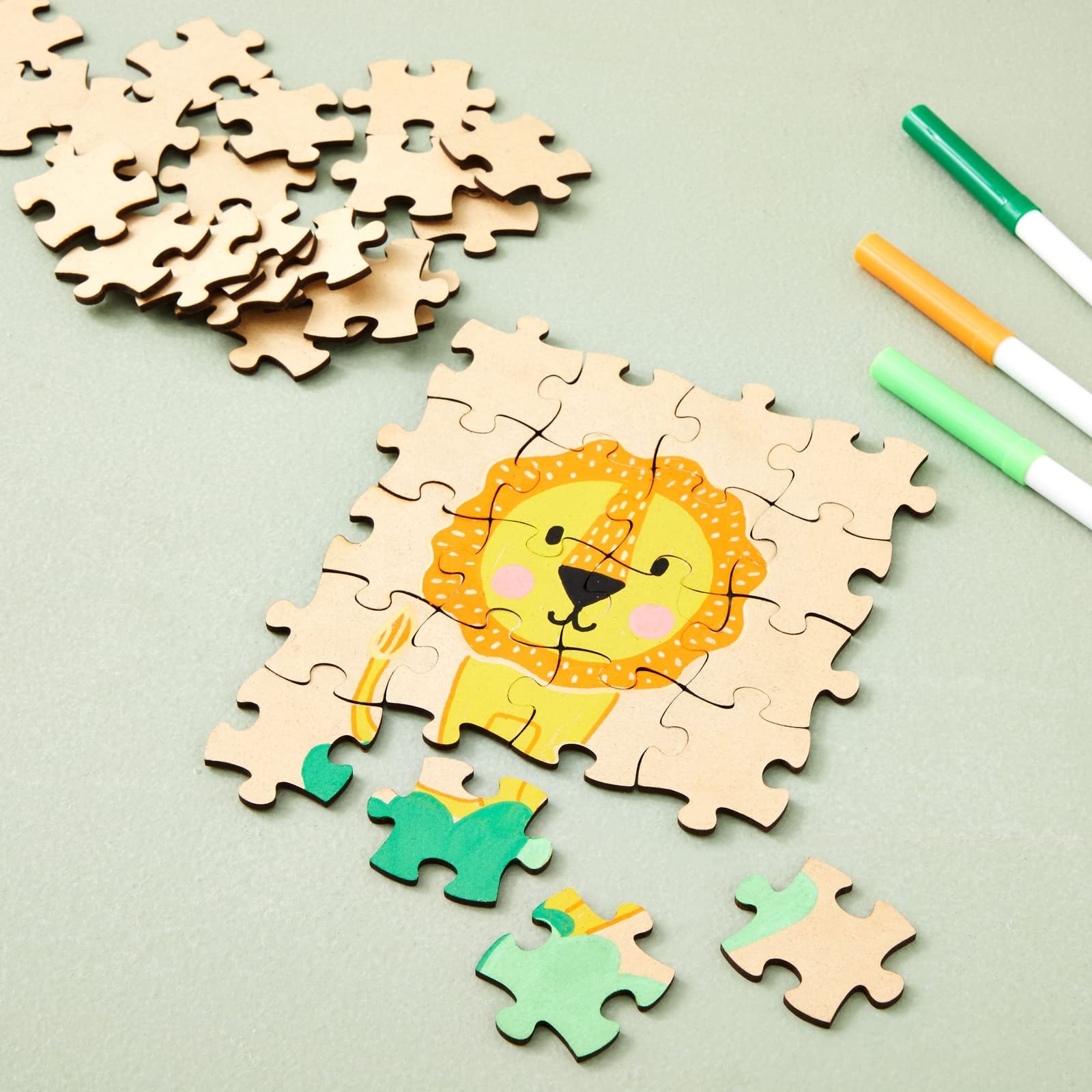

Articles
How To Store Unfinished Puzzles
Modified: October 20, 2024
Learn how to properly store unfinished puzzles with our informative articles, ensuring your puzzles stay organized and intact for future enjoyment.
(Many of the links in this article redirect to a specific reviewed product. Your purchase of these products through affiliate links helps to generate commission for Storables.com, at no extra cost. Learn more)
Introduction
Storing unfinished puzzles can be a challenging task, especially if you want to preserve your hard work and keep the pieces organized. Whether you enjoy jigsaw puzzles as a solo hobby or a fun activity for the whole family, having a proper storage solution is essential to protect your puzzles from damage and ensure that you can return to them at a later time with ease.
There are several reasons why you may need to store unfinished puzzles. Perhaps you are working on a particularly challenging puzzle that will take you longer to complete, or maybe you want to clear some space on your table or shelf for other activities. Regardless of the reason, proper storage practices are crucial in maintaining the integrity of the puzzle and preventing any pieces from getting lost or damaged.
In this article, we will explore various tips and techniques for storing unfinished puzzles. From choosing the right storage solution to preparing the puzzle for storage, we will cover everything you need to know to keep your puzzles safe and organized. Additionally, we will provide insights on storing small and large puzzles, as well as strategies for organizing and preventing damage during storage.
Whether you are an avid puzzle enthusiast or a casual puzzler, this article will equip you with the knowledge you need to store your unfinished puzzles effectively. So let’s dive in and discover the best ways to store and protect your puzzling endeavors!
Key Takeaways:
- Properly storing unfinished puzzles is essential for preserving your hard work, protecting the puzzle’s condition, and enjoying a variety of puzzles while freeing up valuable space.
- Choosing the right storage solution, preparing the puzzle for storage, and organizing stored puzzles are key to effectively storing unfinished puzzles and preventing damage.
Read more: How To Store Puzzle Boxes
Why Store Unfinished Puzzles
Storing unfinished puzzles serves various purposes and can greatly benefit puzzle enthusiasts. Here are a few reasons why you might consider storing your unfinished puzzles:
- Space-saving: Puzzles, especially larger ones, can take up a significant amount of space. By storing unfinished puzzles, you can free up valuable surface area, whether it’s a tabletop, desk, or even the floor, allowing you to use the space for other activities.
- Time management: Some puzzles can be time-consuming and may take days, weeks, or even months to complete. If you don’t have the luxury of uninterrupted puzzle-solving time, storing unfinished puzzles allows you to pick up where you left off without having to leave the puzzle out indefinitely.
- Preserving your progress: Storing unfinished puzzles ensures that your hard work doesn’t go to waste. By carefully storing your puzzles, you can preserve your progress, keeping all the assembled pieces intact and minimizing the risk of losing or damaging them.
- Preserving the puzzle’s condition: Puzzles are made of delicate materials, and leaving them exposed can subject them to potential damage. Storing unfinished puzzles in a proper storage solution protects the puzzle from dust, moisture, pets, and accidental spills, helping to maintain the puzzle’s overall condition.
- Variety and rotation: For avid puzzle enthusiasts, storing unfinished puzzles provides an opportunity to rotate between different puzzles. You can work on one puzzle for a while, store it, and then switch to another. This allows for a variety of puzzling experiences and keeps the hobby fresh and exciting.
Whether you want to save space, manage your time, preserve your progress, protect the puzzle’s condition, or enjoy a variety of puzzles, storing unfinished puzzles offers numerous benefits. In the next sections, we will explore various tips and techniques to help you choose the right storage solution and properly store your unfinished puzzles, ensuring that they remain safe, organized, and ready to be completed whenever you’re ready to return to them.
Tips for Choosing a Storage Solution
Choosing the right storage solution is essential to protect your unfinished puzzles and keep them organized. Here are some tips to consider when selecting a storage solution:
- Size: Consider the size of your puzzle and the space you have available for storage. If you primarily work on smaller puzzles, a compact storage option like puzzle storage trays or puzzle organizers with multiple compartments may be suitable. For larger puzzles, invest in a puzzle storage mat or an oversized puzzle storage case.
- Portability: If you like to work on your puzzles in different locations or want to take them on trips, choose a storage solution that is portable. Look for storage options with handles or those that can be easily folded or rolled up for transportation.
- Protection: Ensure that the storage solution provides adequate protection for your unfinished puzzles. Look for cases or containers that offer dustproof and waterproof features to shield your puzzles from environmental factors that could potentially damage them.
- Accessibility: Consider how easily you can access your puzzles when you want to resume assembly. Look for storage solutions that allow you to quickly and conveniently retrieve your puzzles without having to disassemble or move other items.
- Capacity: Evaluate your puzzle collection and choose a storage solution that can accommodate your puzzles appropriately. Consider options like puzzle storage racks or file folders for organizing and storing completed puzzles or smaller puzzle pieces.
- Flexibility: Look for storage solutions that offer flexibility in terms of adjustable compartments or dividers. This allows you to customize the storage space to fit puzzles of different sizes and keeps the pieces from mixing together.
- Durability: Invest in a storage solution that is made of sturdy and long-lasting materials. This ensures that the storage solution can withstand regular use and protect your puzzles for years to come.
By considering the size, portability, protection, accessibility, capacity, flexibility, and durability of the storage solution, you can choose an option that best suits your needs. Next, we will explore how to prepare your puzzle for storage to ensure its safety and integrity during the storage period.
Preparing the Puzzle for Storage
Before you store an unfinished puzzle, it’s important to prepare it properly to ensure its safety and prevent any damage during storage. Here are some steps to follow when preparing your puzzle for storage:
- Clean the puzzle: Use a soft brush or cloth to gently remove any dust or debris from the puzzle’s surface. Avoid using water or cleaning solutions, as they can potentially damage the puzzle.
- Secure loose pieces: Carefully check the puzzle for any loose or detached pieces. If you find any, use puzzle glue or clear adhesive tape to secure them in place. This helps prevent pieces from getting lost or separated during storage.
- Flatten the puzzle: If your puzzle is not completely flat, you can flatten it by placing a clean, heavy object like a book or a board on top of it for a few hours or overnight. This helps ensure that the puzzle remains flat and doesn’t warp during storage.
- Protect the puzzle surface: Consider using a puzzle mat or a large sheet of wax paper to cover the puzzle’s surface. This provides an additional layer of protection and prevents any potential damage or scratching while the puzzle is being stored.
- Take a photo: Before disassembling the puzzle, it’s a good idea to take a photo of the completed puzzle for reference. This will help you when you decide to resume working on the puzzle, ensuring that you can recreate the original layout without any confusion.
- Label the puzzle: If you have multiple puzzles in storage, it’s helpful to label each puzzle with its title or theme. This makes it easier to identify the puzzles and select the one you want to work on next without having to open every storage container.
By following these steps, you can ensure that your unfinished puzzle is clean, secure, and well-prepared for storage. In the next sections, we will provide guidelines on storing small and large puzzles, as well as storing puzzle pieces to keep them organized and easily accessible. So let’s move on to the next section and explore how to store small puzzles effectively.
Storing Small Puzzles
Storing small puzzles requires a different approach compared to larger ones. Here are some tips to effectively store small puzzles:
- Use puzzle storage trays: Puzzle storage trays are specially designed containers with multiple compartments to store individual puzzle pieces. They are ideal for small puzzles and allow you to keep the pieces organized and separate from other puzzles.
- Invest in puzzle organizers: Puzzle organizers are portable storage solutions that have adjustable compartments to accommodate puzzles of different sizes. They are convenient for storing small puzzles and can be easily transported if you want to work on your puzzles in different locations.
- Consider zip-lock bags: If you have limited storage space, consider using zip-lock bags to store small puzzles. Place the puzzle pieces in a bag and label it with the puzzle’s title or theme. This method keeps the pieces contained and prevents them from getting mixed up with other puzzles.
- Utilize small bins or boxes: If you have a collection of small puzzles, consider using small plastic bins or boxes with lids. These containers are stackable and can be easily stored on a shelf or in a drawer, keeping your puzzles organized and protected from dust and damage.
- Separate by difficulty level: If you have small puzzles of varying difficulty levels, consider separating them into different storage containers. This allows you to easily choose puzzles based on the level of challenge you want to tackle.
- Label and categorize: Ensure that each storage container or bag is properly labeled with the puzzle’s title or theme. You can further categorize your small puzzles by genre, artist, or size to make it easier to locate specific puzzles when you want to work on them.
By utilizing puzzle storage trays, puzzle organizers, zip-lock bags, small bins or boxes, and appropriate labeling techniques, you can effectively store your small puzzles and keep them organized. In the next section, we will explore how to store larger puzzles. So let’s move on and discover the best ways to store your large puzzles.
Read more: How To Store Finished Puzzles
Storing Large Puzzles
Storing large puzzles requires some additional considerations due to their size and weight. Here are some tips for effectively storing large puzzles:
- Puzzle storage mats: Puzzle storage mats are specifically designed for large puzzles. These mats allow you to roll up the puzzle, keeping it intact and ready for storage. Look for mats with secure straps or Velcro closures to ensure that the rolled-up puzzle stays in place.
- Oversized puzzle storage cases: Invest in oversized puzzle storage cases that are designed to accommodate large puzzles. These cases usually have sturdy handles and clasps to securely hold the puzzle in place. They are ideal for transporting and storing large puzzles without compromising their integrity.
- Use a large foam board: If you prefer to store your large puzzles flat, consider using a large foam board. Carefully transfer the assembled puzzle onto the foam board and cover it with a protective sheet or plastic wrap to prevent any dust or damage during storage.
- Consider puzzle roll-up mats: Puzzle roll-up mats are an alternative option for storing large puzzles. These mats come with a large felt or fabric surface where you can assemble the puzzle. Once completed, you can roll up the mat with the puzzle inside, securing it with Velcro straps or ties.
- Store puzzles vertically: If you have a dedicated space for storing large puzzles, consider storing them vertically in a puzzle storage rack or a tall and sturdy box. This helps save space and prevents the puzzle pieces from shifting or getting damaged.
- Avoid stacking heavy objects: When storing large puzzles, avoid stacking heavy objects on top of them. The weight can cause the puzzle to warp or the pieces to get damaged. Choose a storage location where the puzzle can be placed flat or stored vertically without any additional weight on top.
By using puzzle storage mats, oversized puzzle storage cases, large foam boards, puzzle roll-up mats, and vertical storage options, you can effectively store your large puzzles while ensuring their safety and intactness. In the next section, we will discuss how to properly store puzzle pieces to keep them organized. So let’s move on!
To store unfinished puzzles, use a large piece of cardboard or foam board to place the puzzle on. Then, cover it with a large piece of felt or a puzzle roll-up mat to keep the pieces in place. This will allow you to easily move and store the puzzle without losing any pieces.
Storing Puzzle Pieces
Properly storing puzzle pieces is crucial to prevent them from getting lost or damaged. Here are some tips for effectively storing puzzle pieces:
- Use resealable bags: Invest in resealable plastic bags to store puzzle pieces. Sort the pieces based on color, shape, or pattern and place them in separate bags. Make sure to label each bag with the puzzle’s title to easily identify the pieces.
- Utilize small containers or boxes: If you prefer a more organized approach, use small plastic containers or boxes to store puzzle pieces. You can use separate containers for edge pieces, corner pieces, and inner pieces, or create your own categories based on your preferred sorting method.
- Consider magnetic storage options: Magnetic puzzle storage solutions are available, where the puzzle pieces adhere to a magnetic board or backing. This keeps the pieces secure and allows for easy access when you want to resume working on the puzzle.
- Store in a larger puzzle box: If you have the original box for the puzzle, you can store the pieces in the box itself. Use zip-lock bags or small containers to organize the pieces within the box and prevent them from getting jumbled up.
- Label and catalog: Regardless of the storage method you choose, always label the bags or containers with the puzzle’s title and any relevant details, such as the number of pieces or the difficulty level. This makes it easier to locate specific puzzle pieces when needed.
- Avoid excessive handling: When storing puzzle pieces, minimize unnecessary handling to prevent damaging or misplacing them. Gently transfer the pieces to the storage bags or containers, taking care not to bend or force any pieces into place.
By using resealable bags, small containers or boxes, magnetic storage options, or the original puzzle box, and ensuring proper labeling and minimal handling, you can effectively store puzzle pieces and keep them organized. In the next section, we will discuss how to organize your stored puzzles for easy access and retrieval. So let’s move on!
Organizing Stored Puzzles
Organizing your stored puzzles is essential to easily access and retrieve them when you want to continue working on them. Here are some tips for organizing your stored puzzles:
- Categorize by theme or difficulty: Group your stored puzzles based on common themes or difficulty levels. This allows you to quickly find puzzles that match your preferences or skill level at any given time.
- Label storage containers: Clearly label each storage container or box with the puzzle’s title or theme. You can also include additional information such as the number of pieces or the artist’s name. This makes it easier to identify the puzzle without having to open every container.
- Keep an inventory: Maintain an inventory of your stored puzzles. Create a list or use a digital spreadsheet to keep track of the puzzles you have in storage, including their titles, themes, sizes, and any other relevant details. This helps you keep organized and ensures you don’t forget about any puzzles you may have.
- Create a numbering system: Assign a unique number to each puzzle and label the corresponding storage container with the same number. This allows you to easily locate a specific puzzle by referring to its assigned number in your inventory.
- Arrange puzzles by size: If you have limited storage space, arrange your puzzles by size. Place larger puzzles at the back or bottom and smaller puzzles at the front or top of the storage area. This allows for efficient use of space and easy access to different puzzle sizes.
- Consider using shelves or racks: Invest in puzzle storage racks or shelves specifically designed for storing puzzles. These racks provide dedicated slots or compartments to hold puzzles vertically, keeping them organized and easily visible.
- Create a puzzle library: If you have a large collection of puzzles, consider creating a puzzle library. Use bookshelves or dedicated storage units to display your puzzle boxes, making it visually appealing and easy to select puzzles based on your preferences.
By categorizing, labeling, creating an inventory, using numbering systems, arranging by size, utilizing shelves or racks, and creating a puzzle library, you can efficiently organize your stored puzzles and ensure easy access to the puzzles you want to work on next. In the next section, we will discuss how to prevent damage to your stored puzzles. So let’s continue!
Preventing Damage during Storage
Properly storing your puzzles is not just about organizing them; it’s also about preventing any damage that can occur during storage. Here are some tips to help you prevent damage to your stored puzzles:
- Avoid exposure to moisture: Moisture can damage puzzle pieces and cause them to warp or stick together. Store your puzzles in a dry and climate-controlled area to prevent any moisture-related damage.
- Keep away from direct sunlight: Prolonged exposure to sunlight can fade the colors of the puzzle image. Store your puzzles away from direct sunlight or use curtains or blinds to block out harmful UV rays.
- Protect from pests: To protect your puzzles from pests like insects or rodents, store them in sealed containers or bags. Consider adding pest repellents, such as mothballs or cedar balls, to further deter any unwanted visitors.
- Minimize temperature fluctuations: Extreme temperature changes can cause puzzles to expand or contract, leading to warping or damage. Choose a storage location with a stable temperature to minimize the risk of temperature-related issues.
- Avoid heavy objects: Avoid stacking heavy objects on top of your stored puzzles, as this can cause damage to the puzzle pieces or the puzzle itself. Store puzzles in a location where they won’t be subjected to any unnecessary weight or pressure.
- Monitor humidity levels: If you live in an area with high humidity, consider using a dehumidifier or moisture absorbers in your storage area. This helps maintain a stable humidity level and prevents moisture-related issues like mold or mildew growth.
- Handle with care: When retrieving or storing puzzles, handle them with care to minimize the risk of any accidental damage. Avoid bending or folding puzzle pieces and place them gently in their designated storage containers.
By following these precautions, you can help prevent damage to your stored puzzles and ensure their longevity. Now that we’ve discussed preventing damage, let’s explore some additional considerations for specialized puzzles in the next section.
Read more: How To Store A Puzzle In Progress
Additional Considerations for Specialized Puzzles
Specialized puzzles may require extra care and attention when it comes to storage. Here are some additional considerations for storing different types of specialized puzzles:
- 3D puzzles: For 3D puzzles, store them in their assembled form if possible. If disassembly is necessary, carefully label and store each piece in a separate bag or container to prevent confusion when reassembling.
- Glow-in-the-dark puzzles: Glow-in-the-dark puzzles may lose their glow over time if exposed to light. Store them in a dark or low-light environment to maintain their glowing effect for future enjoyment.
- Wooden puzzles: Wooden puzzles can be more susceptible to moisture and temperature changes. Ensure that the storage location for wooden puzzles is dry and free from extreme temperature fluctuations to prevent warping or cracking.
- Educational puzzles: Educational puzzles often come with additional materials such as flashcards or booklets. Keep these materials together with the puzzle to prevent them from getting lost. Consider using zip-lock bags or compartments designed specifically for educational puzzle sets.
- Foil or holographic puzzles: Foil or holographic puzzles may be more delicate and prone to scratching. Handle these puzzles with extra care and store them in a protective sleeve or cover to prevent any damage to the shiny surface.
- Large floor puzzles: Large floor puzzles typically come with large, interlocking pieces. Keep these pieces intact by storing the puzzle assembled on a large foam board or in a puzzle storage mat specially designed for floor puzzles.
- Puzzle collections: If you have a collection of puzzles that you want to display, consider using display frames or shadow boxes to showcase the completed puzzles. This allows you to enjoy your puzzle collection while keeping them protected and easily accessible.
Remember to follow the manufacturer’s guidelines for specialized puzzles and consider any specific storage recommendations provided with the puzzle. By taking extra care with these specialized puzzles, you can ensure that they remain in good condition and ready for future puzzling adventures. In the final section, let’s summarize what we’ve learned in this article.
Conclusion
Storing unfinished puzzles is crucial for preserving your hard work and ensuring that you can return to them at a later time with ease. By following the tips and techniques outlined in this article, you can effectively store your puzzles and prevent any damage or loss of pieces.
First, consider why you want to store your puzzles. Whether it’s to save space, manage your time, preserve your progress, protect the puzzle’s condition, or enjoy a variety of puzzles, storing unfinished puzzles offers numerous benefits.
Next, choose a storage solution that suits your needs. Consider the size, portability, protection, accessibility, capacity, flexibility, and durability of the storage solution to ensure it meets your requirements.
Before storing a puzzle, make sure to prepare it properly. Clean the puzzle, secure loose pieces, flatten it if needed, and protect the puzzle surface. Taking these steps will ensure that the puzzle is ready for storage and remains in good condition.
For small puzzles, consider using puzzle storage trays, puzzle organizers, zip-lock bags, or small bins or boxes. These options help keep the pieces organized and prevent them from getting mixed up with other puzzles.
For large puzzles, puzzle storage mats, oversized puzzle storage cases, large foam boards, or puzzle roll-up mats are ideal choices. These options allow for safe storage and easy retrieval of the large puzzle.
When it comes to storing puzzle pieces, use resealable bags, small containers or boxes, magnetic storage options, or the original puzzle box to keep the pieces organized and easily accessible.
To keep your stored puzzles organized, categorize them by theme or difficulty, label storage containers, maintain an inventory, create a numbering system, arrange puzzles by size, utilize shelves or racks, or even create a puzzle library.
To prevent damage during storage, avoid exposure to moisture, direct sunlight, pests, and excessive temperature fluctuations. Handle the puzzles with care and avoid stacking heavy objects on top of them. These precautions will help maintain the integrity of your puzzles.
Considerations for specialized puzzles, such as 3D puzzles, glow-in-the-dark puzzles, wooden puzzles, and more, require extra attention. Follow the specific guidelines for each type of puzzle to ensure their longevity and enjoyment.
By implementing these tips and techniques for storing unfinished puzzles, you can protect your puzzles, prevent damage, and easily access them when you’re ready to continue the puzzling adventure. So go ahead, store your puzzles with confidence, and enjoy the excitement of returning to them whenever the time is right!
Frequently Asked Questions about How To Store Unfinished Puzzles
Was this page helpful?
At Storables.com, we guarantee accurate and reliable information. Our content, validated by Expert Board Contributors, is crafted following stringent Editorial Policies. We're committed to providing you with well-researched, expert-backed insights for all your informational needs.

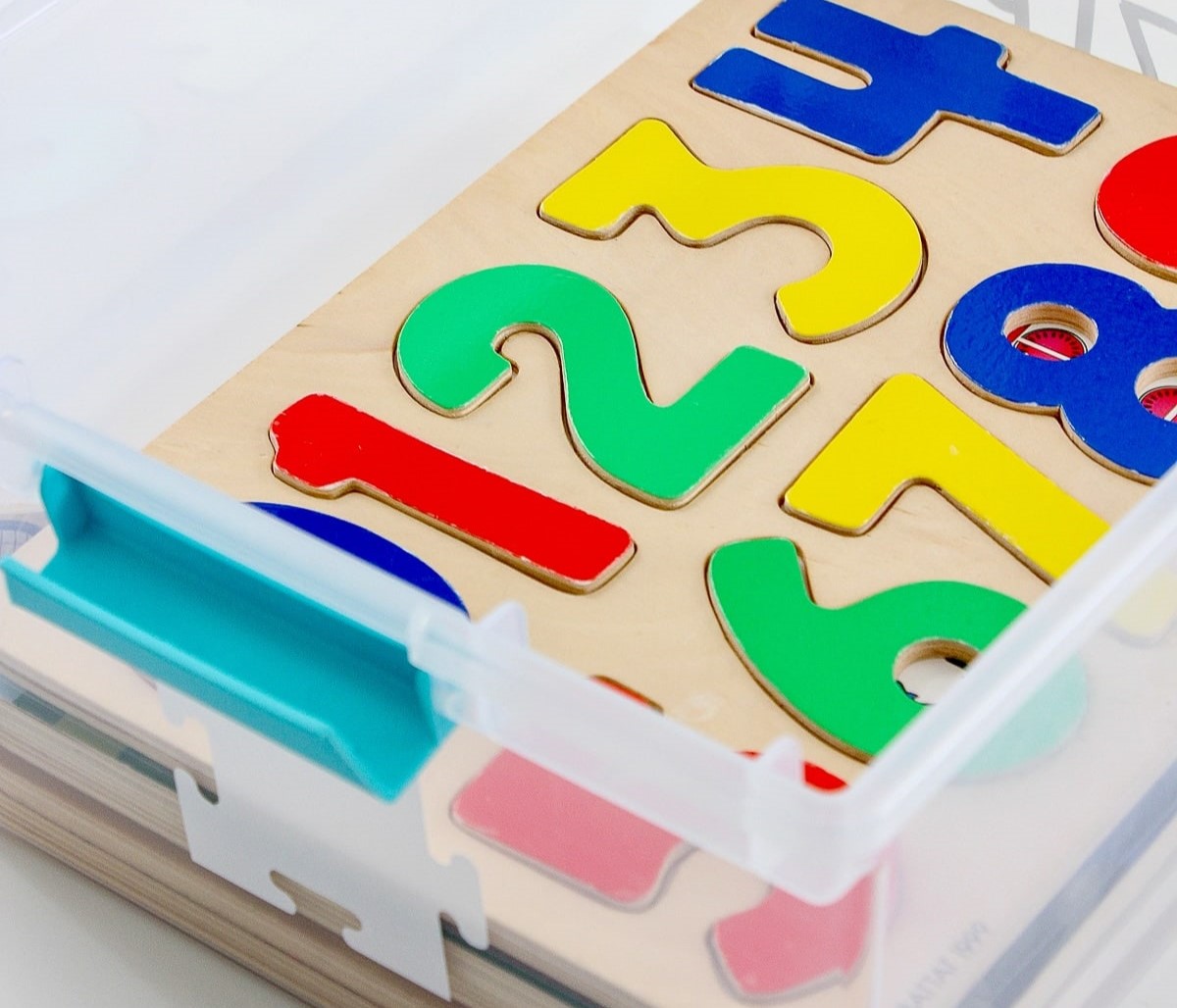

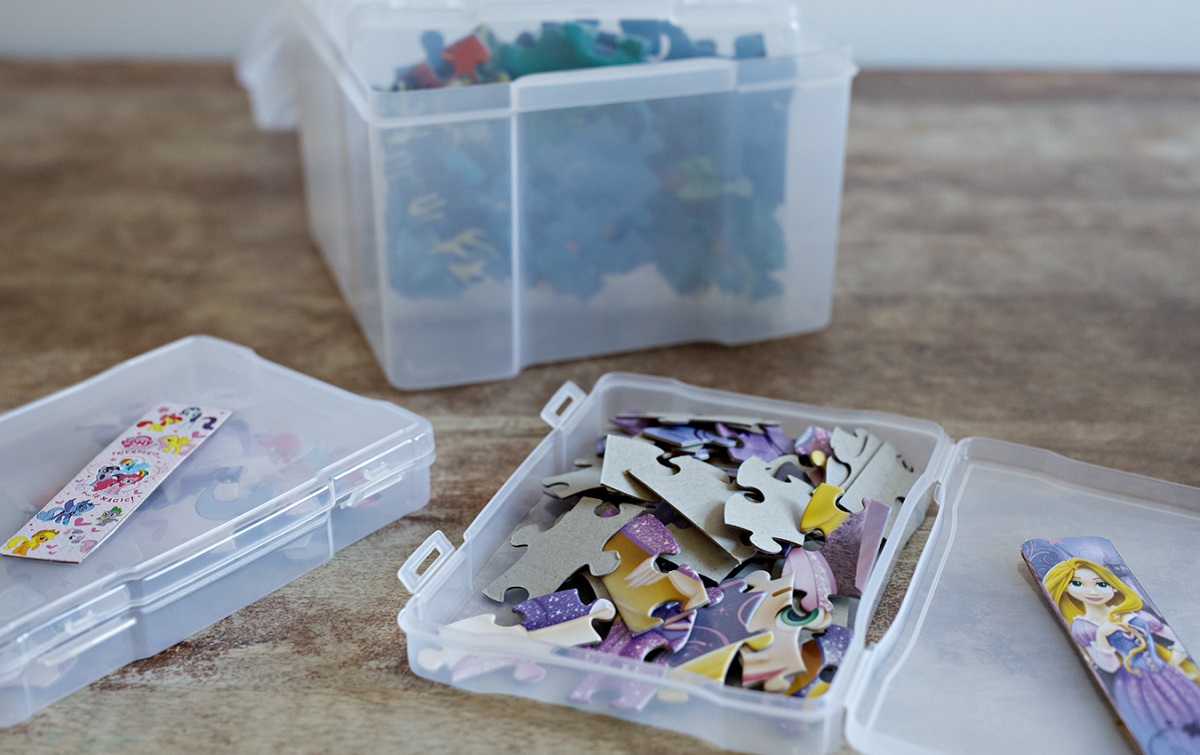

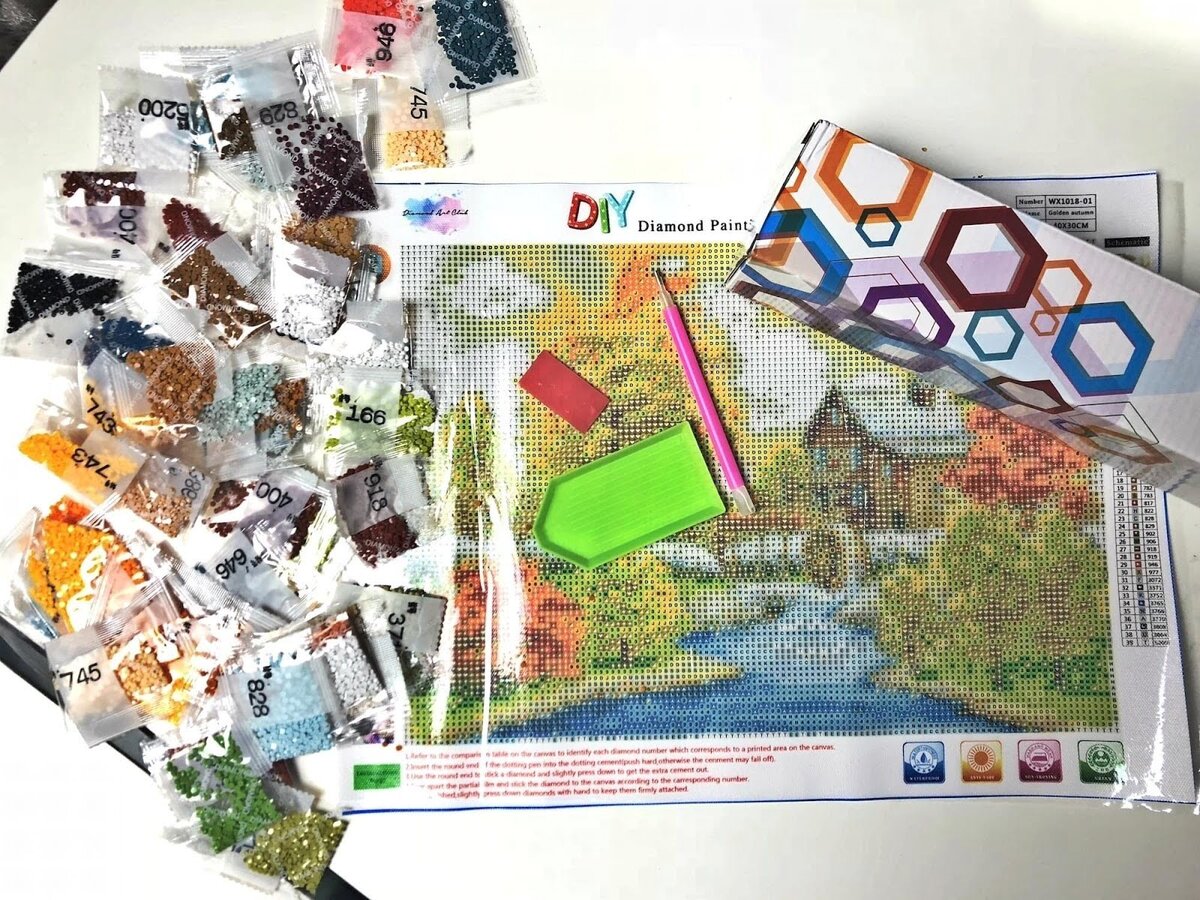
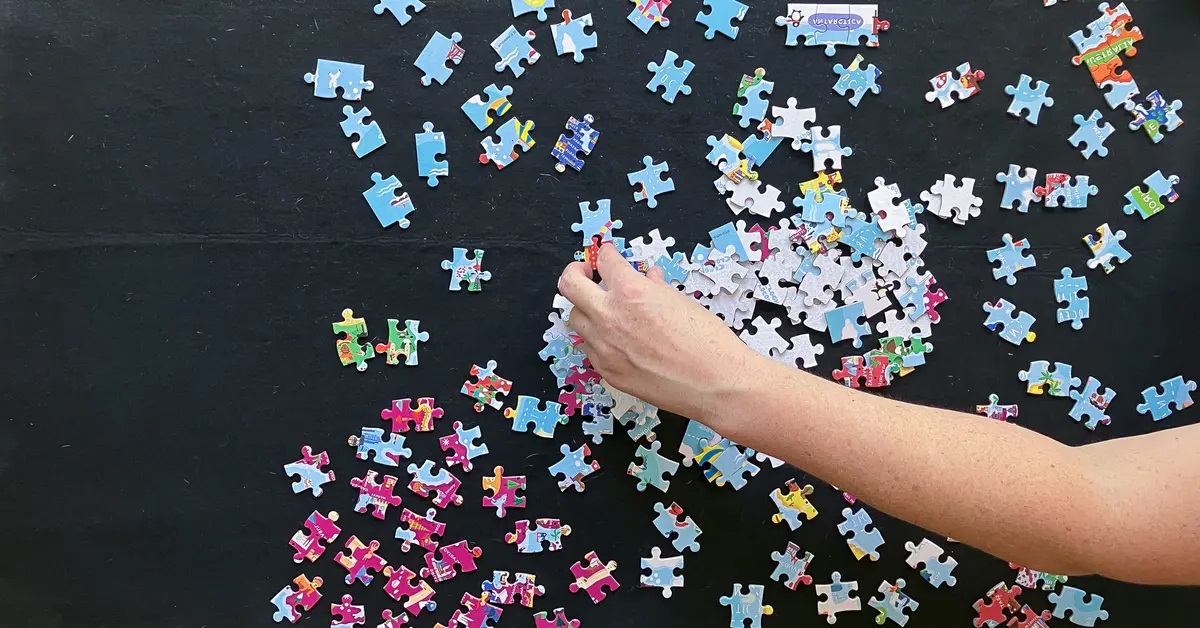
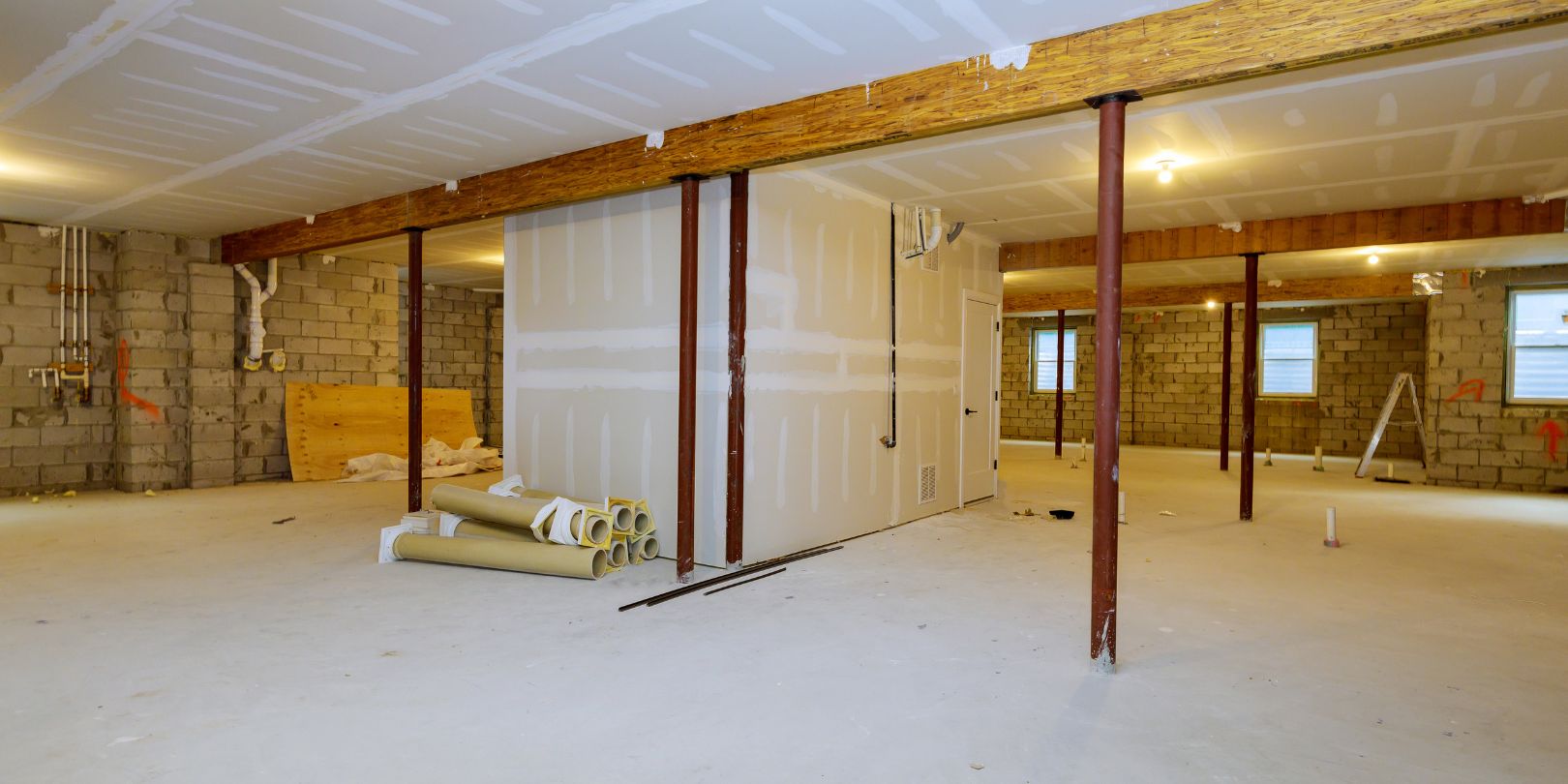
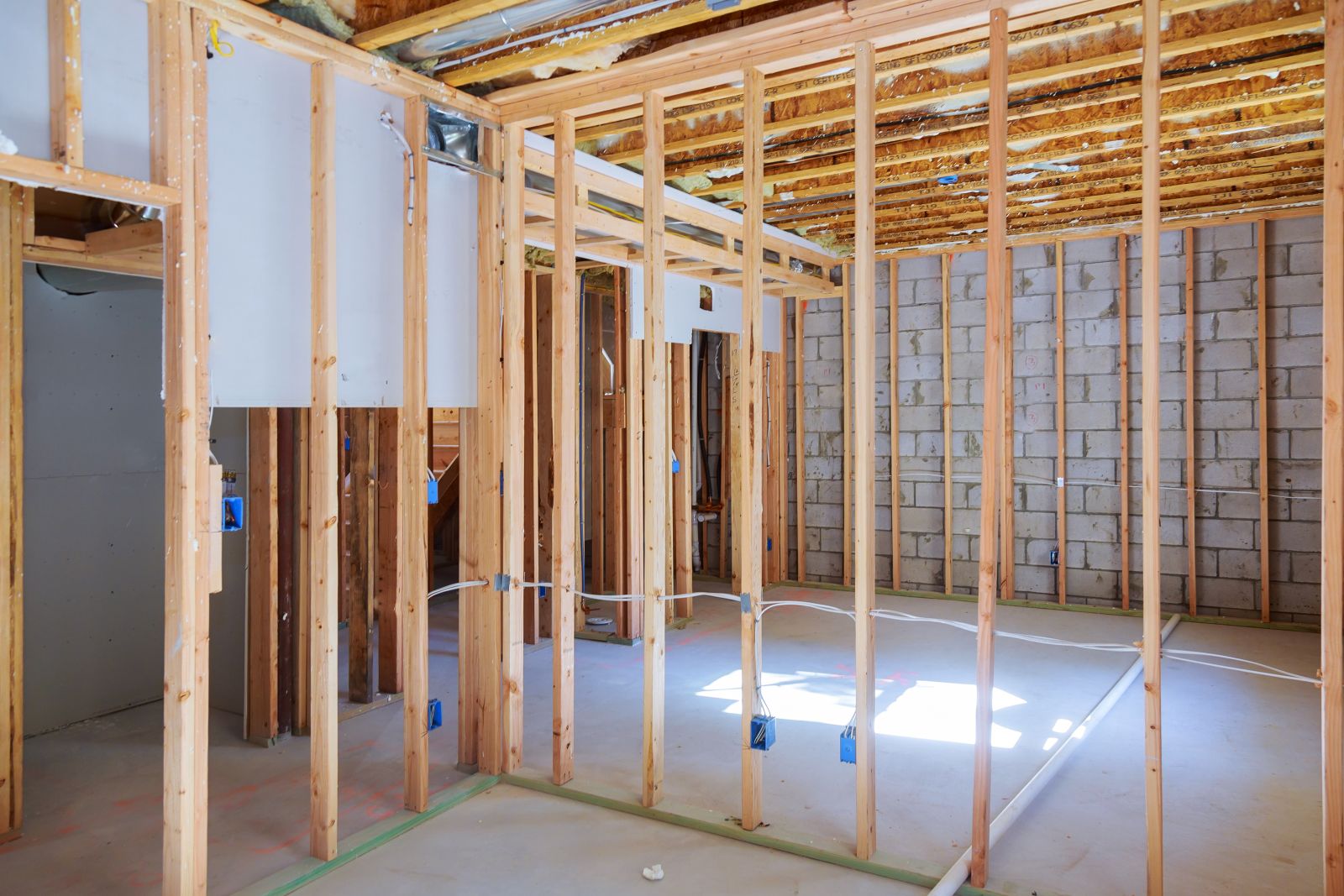
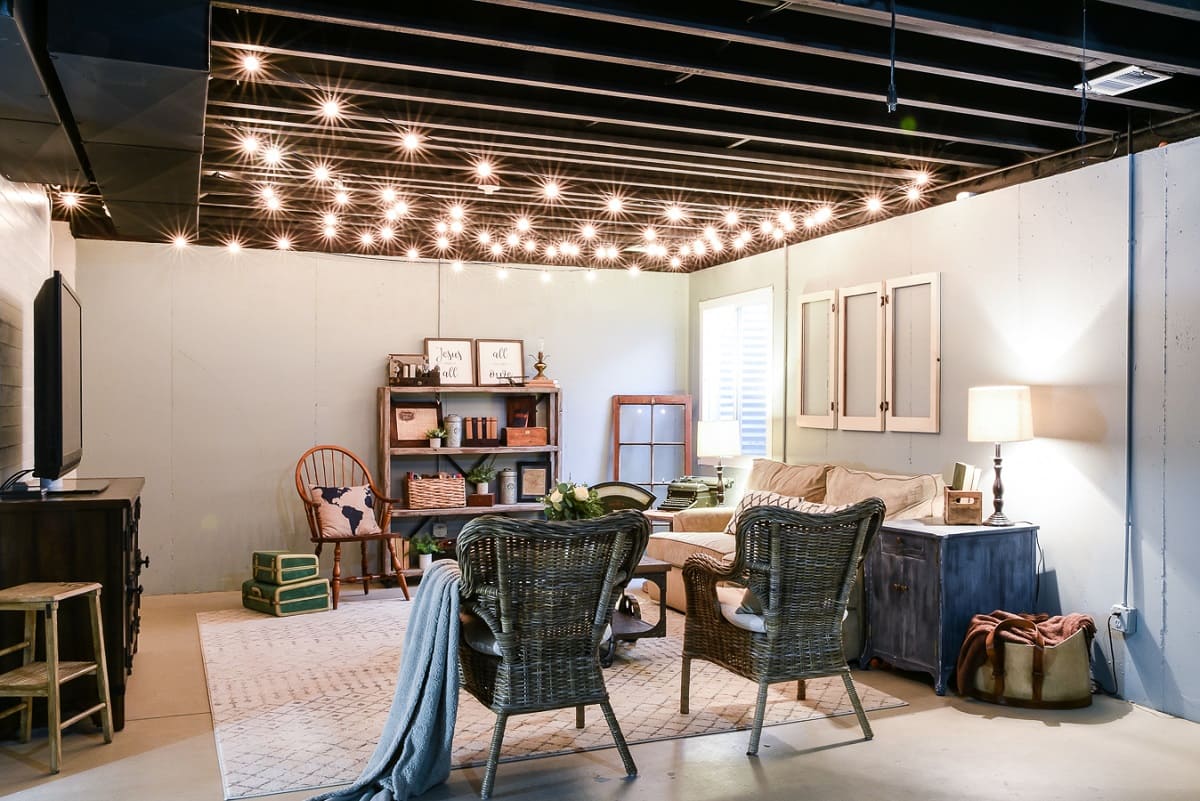
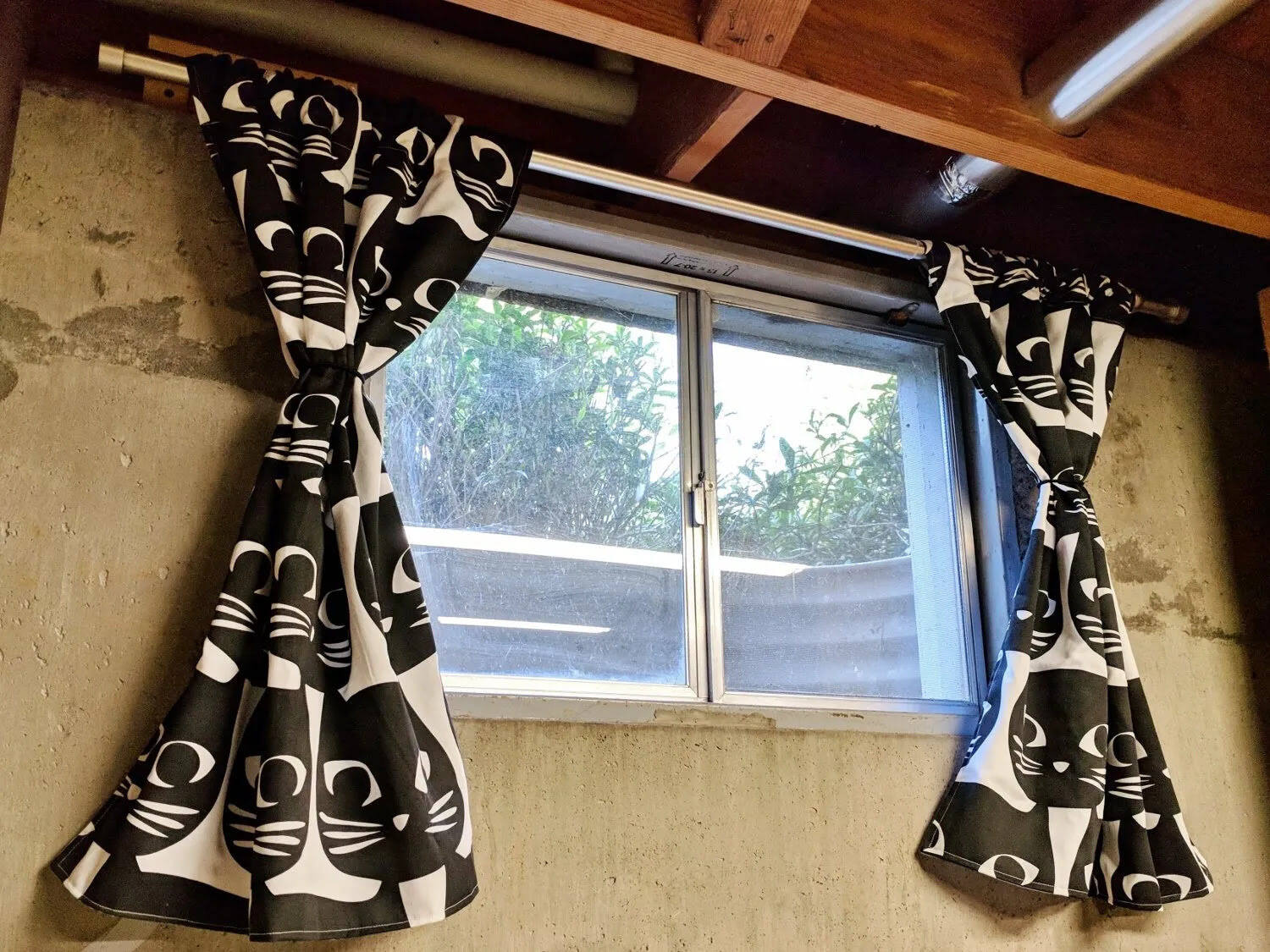



0 thoughts on “How To Store Unfinished Puzzles”